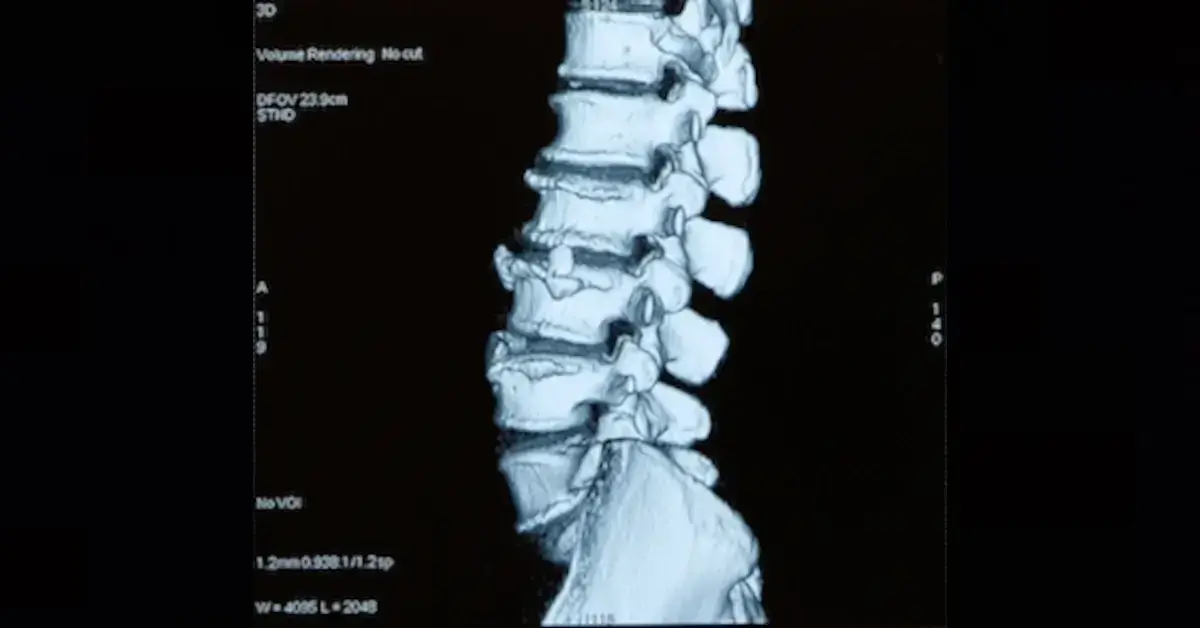Though we think of arthritis as affecting hands and knees, the truth is that it can affect any joints in the body, including the spine with a common condition called spinal arthritis.
Although not every form of spinal arthritis is symptomatic, if you were to take an x-ray to look for spinal arthritis, an astounding 95 percent of people over age 50 will have some degenerative or “wear and tear” changes in their spines. And while spinal arthritis is most often seen in adults over 50, it can also occur at a much younger age from injury or overuse.
The term arthritis comes from the Greek “arthros,” meaning “a joint and its attachments,” and “-itis,” a suffix used in pathological terms to denote inflammation. Spinal arthritis is classified as osteoarthritis. “Osteo-” means “bone,” and this type of arthritis mostly affects the weight-bearing joints, such as the hips and knees, as well as joints in the hands, feet, and spine.
The term “arthritis” describes many different diseases that cause tenderness, pain, swelling, and stiffness of the joints. With osteoarthritis, the most common form of arthritis, the cartilage around the joint wears out and causes the bones in the joint to rub against each other, creating inflammation and pain.
You might hear one of several names for spinal arthritis. Medical practitioners often refer to osteoarthritis of the spine as spinal arthritis, degenerative joint disease, or arthritis of the facet joints. Sometimes the terms spondylosis is also used interchangeably with osteoarthritis.
Typically, when a person has been diagnosed with degenerative arthritis of the spine it means that cartilage breakdown has occurred on his or her facet joints (also called vertebral joints). These joints connect vertebrae together and are located in the posterior (rear) portion of the spine. Facet joints enable movement in the spine such as bending, twisting and stretching. However, with age, these joints often thicken and harden, which can lead to osteoarthritis of the spine. When the spinal joints become arthritic, spine movements become painful and stiff. Symptoms of arthritis of the spine are caused when the bones or other structures of the back put pressure on or pinch the spinal cord or the nerve roots that emerge from the spinal cord.
Arthritis of the facet joints can cause slight to severe pain. This pain can possibly extend along areas such as the buttocks and upper thighs, which radiate from the affected nerves. As time passes, progressive joint degeneration creates even more frictional pain.
When the spinal canal — the bony canal in which the spinal cord is located — is significantly narrowed by arthritis, it is called spinal stenosis, again, with wear and tear over time being the most common cause. Spinal stenosis typically causes back pain accompanied by pain or numbness in the legs. The resulting back pain and stiffness decreases back motion and flexibility, particularly when standing, sitting and walking.
While millions of Americans suffer from spinal arthritis, there are a variety of effective, non-surgical treatments that can provide significant long-term pain relief, enabling those who suffer to live pain-free and maintain active lifestyles.
Non-invasive treatment options for spinal arthritis include physical therapy, weight loss, anti-inflammatory medications, ice and heat, and epidural injections. All of these are offered at The Center for Musculoskeletal Disorders, where our orthopedic experts have wide experience in the diagnosis and treatment of this and other chronic pain conditions.

